Best Giro cycling shoes for road and gravel riding
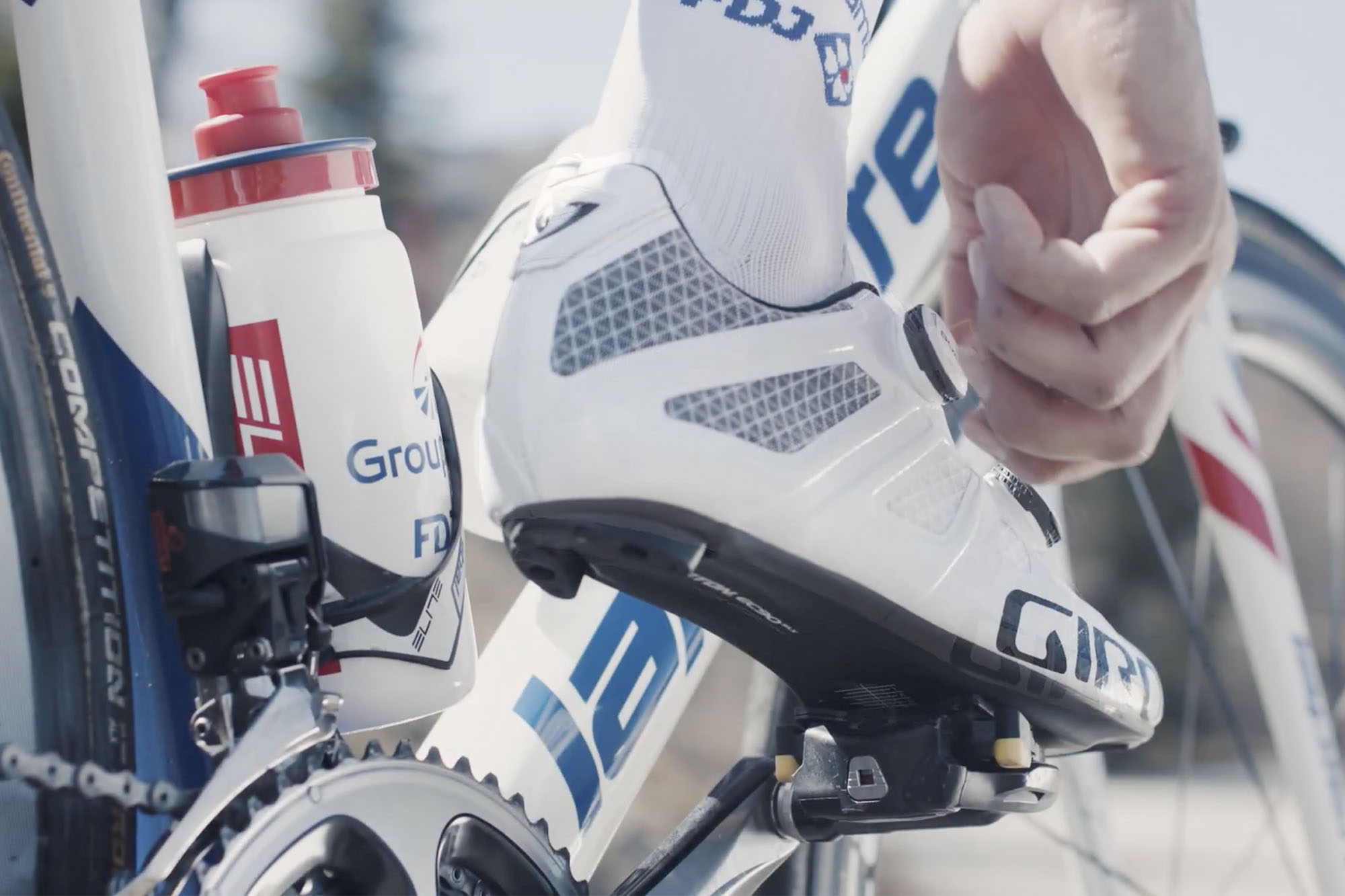
For a brand that started out making helmets, Giro have come a long way to now being regarded as the forefront of cycling footwear.
Founded by Jim Gentes in 1985, Giro produced and continue to manufacture a range of helmets, including the Prolight, Airattack and Aerohead. You'll find a few models featured in our guide to the best road bike helmets.
Fast-forward to 2010, and the California based brand released its first pair of riding kicks, the Factor road shoes, and Code XC MTB shoes. Since then, the brand has been part of a select group leading the way, with everything from ultra-lightweight mesh-based road shoes, to bringing laces back to cycling shoes.
Giro shoes for road and gravel riding
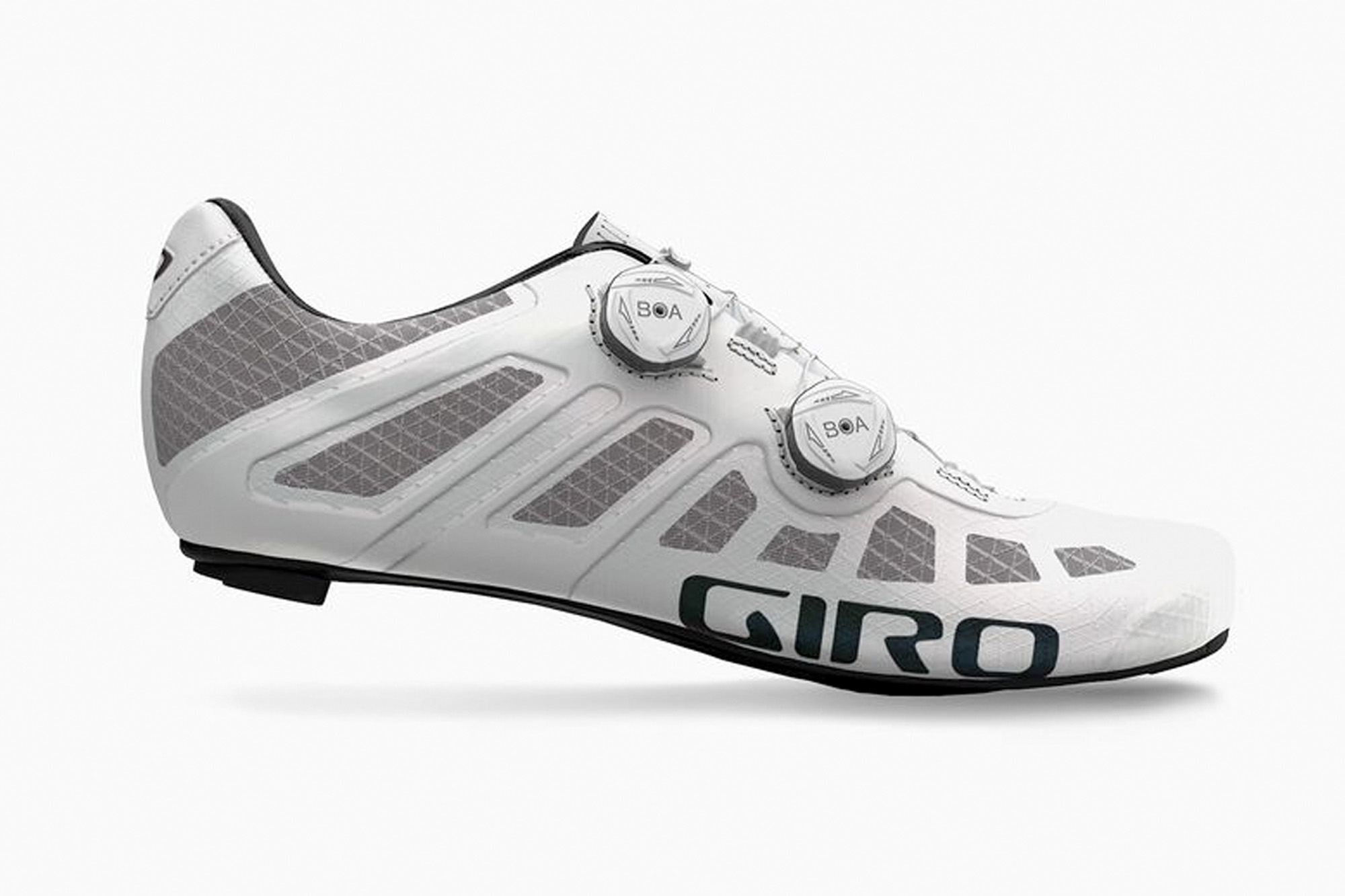
Reasons to buy
Reasons to avoid
Sitting at the tippy top of Giro's range of road kicks, the Imperial are designed for speed and efficiency. Weighing 440g in size 42, the shoes see dual BOA IP1 closures, which reign in a seamless, lightweight, and supple upper. Made from three layers bonded together, they allow air to pass through unencumbered while still providing structure to support your feet as you pedal.
Employing its sister brand Easton for the carbon soles, the Imperials see an EC90 SLX2 plate. Our tester noted that while this sole is 5g heavier than the TeXtreme carbon outsole found on the Prolite Techlace, the power transfer is excellent and comes with zero of the hot spots or cramps that some ultra-stiff shoes carry.
Inside, you'll find Giro's Supernatural Prolight insoles, which see interchangeable arch wedges and are coved in X-Static fabric to keep foot funk at bay. They also feature a replaceable heel bumper, ensuring they will last you quite a few seasons.
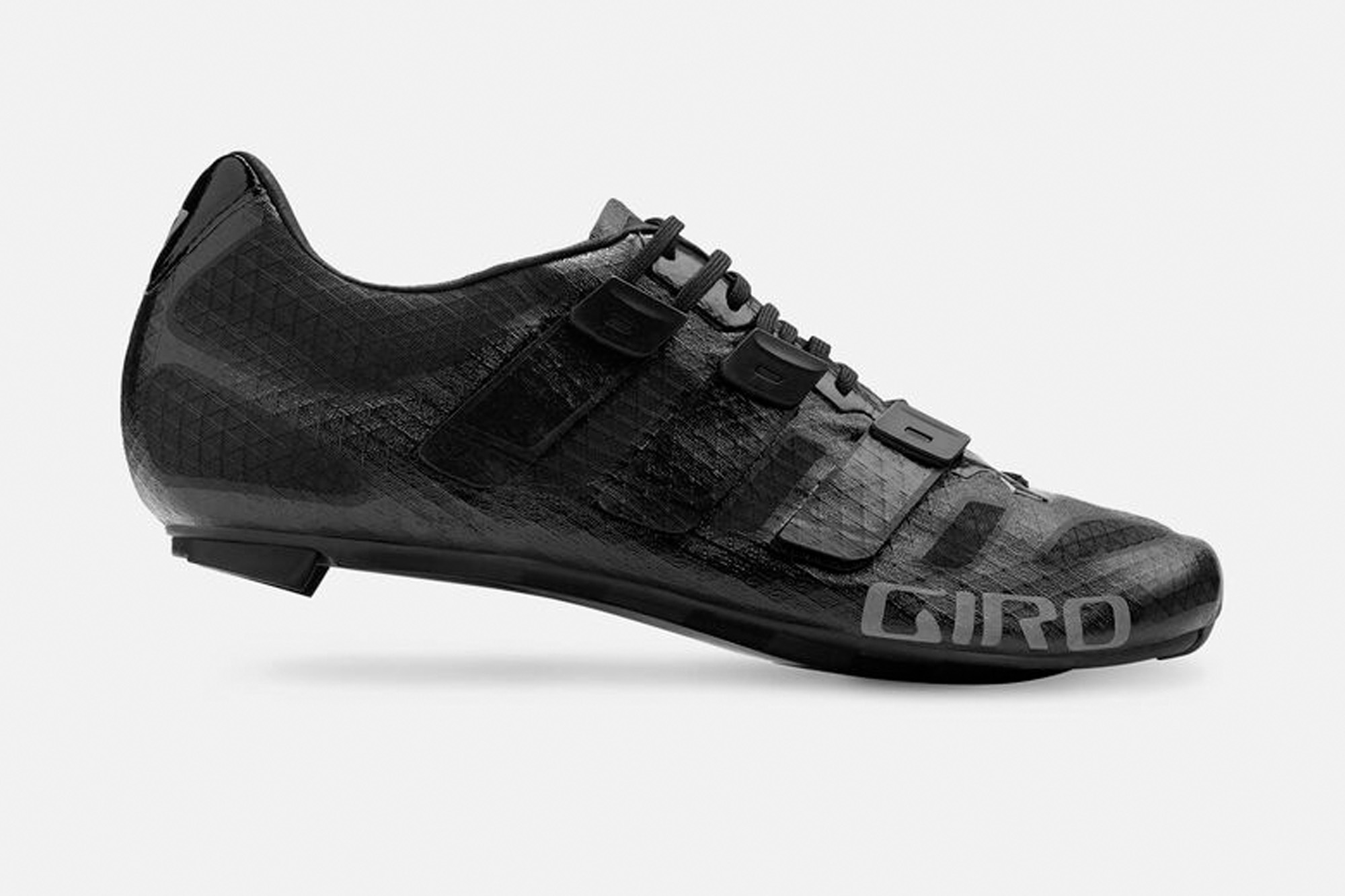
Reasons to buy
Reasons to avoid
One for the weight weenies, the Giro Prolight Techlace is claimed to tip the scales at just 160g (size 42.5). To get to such a feather figure, Giro has employed every trick in the book to reduce weight, from trading BOAs and ratchets for its velcro based Techlace closure, to using a high tech monofilament mesh, complete with TPU welded reinforcement to form a skeleton of sorts.
Even the TeXtreme Advanced carbon sole has the kitchen sink of tech thrown at it; the composite is woven in flat sheets instead of threads, meaning the same stiffness can be achieved with less resin, reducing the weight.
Giro may have done everything in the name of grams, but the shoes still come with the brand's high-quality Supernatural footbed, with the adjustable arch supports.
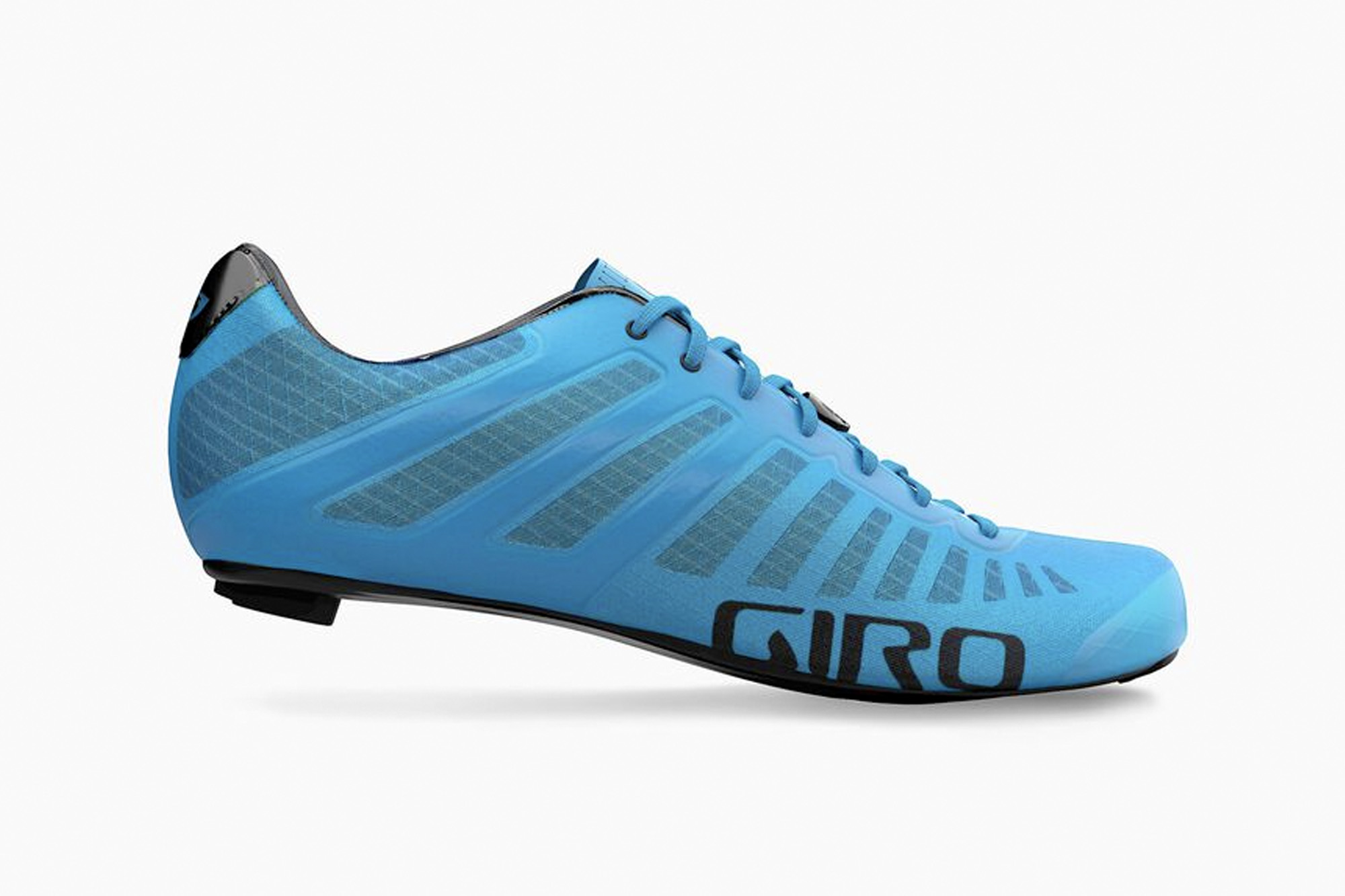
When Giro first launched the Empire, it was the first shoe in decades to use laces instead of velcro, ratchets, or BOA dials. Initially many scoffed at the idea, but now just about every brand has its own modern version of the lace up cycling shoe. The Empire SLX is an evolution of the original shoe designed in collaboration with former pro Taylor Phinney, which uses a one-piece, monofilament, Synch Wire Mesh upper, providing plenty of airflow, complete with welded TPU panels for structure.
To prevent your laces from coming untied while you ride, the shoes come with Giro's Tubular woven laces, and an ingenious lace garage on the tongue keeps them safe from hungry chainrings.
The EC90 SLX2 carbon fibre plate is unbending despite your best efforts, and Giro has employed a bit of additional resin to improve durability. Even still, it offers a stack height of just 6.5mm and has replaceable heel pads too. Inside, you'll find the brand’s Supernatural footbeds, which allow velcro arch wedges to be chopped and changed to fit your feet.
Our tester, reviewing the previous version, noted the Giro SLX was hard to beat when it came to comfort, performance, and of course, style, earning them an Editor's Choice award.
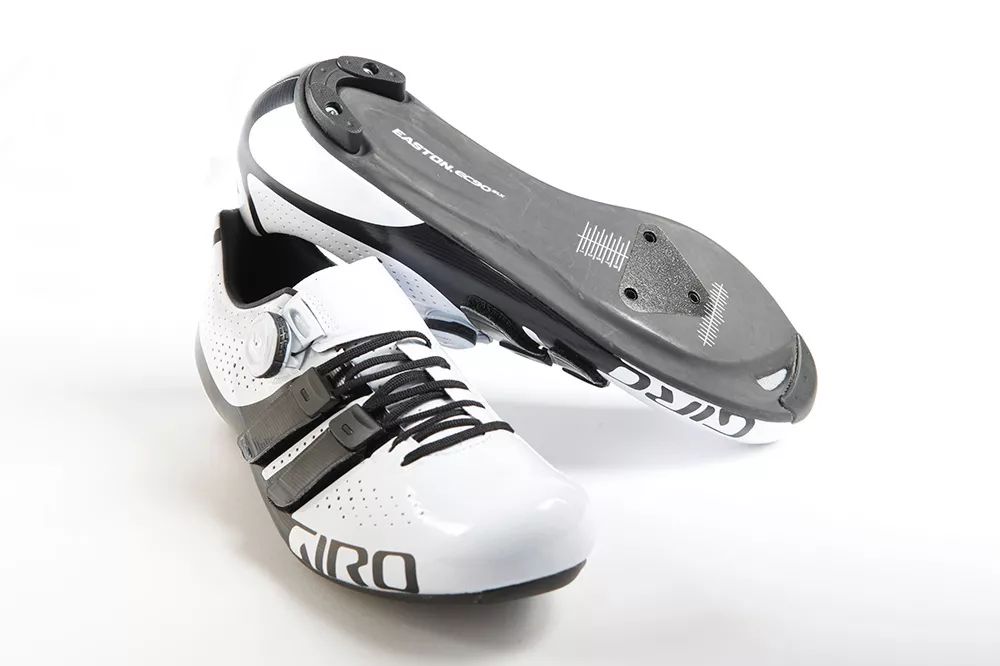
Reasons to buy
Reasons to avoid
With polarizing looks, the Factor Techlace attempt to combine the comfort and adjustability of laces with the convenience and on-the-go tunability of BOA dials and velcro. On the road, Giro achieved this goal, and the shoes offer oodles of comfort while also allowing for adjustments with no bunny ears or double knots.
With the same Easton EC90 SLX 2 carbon plate as the Empire SLX, they are pro-level stiff, and the Teijin Microfiber upper breathes well, dries fast, and is supple enough to mould around your foot. Giro also makes a women's specific version, called the Factress Techlace, which sees the same sole, closure, and carbon plate, but is available in sizes down to 37.
If you are looking for smaller shoes in general, you might find our guide to the best women's cycling shoes a good place to start as most come in small sizes.
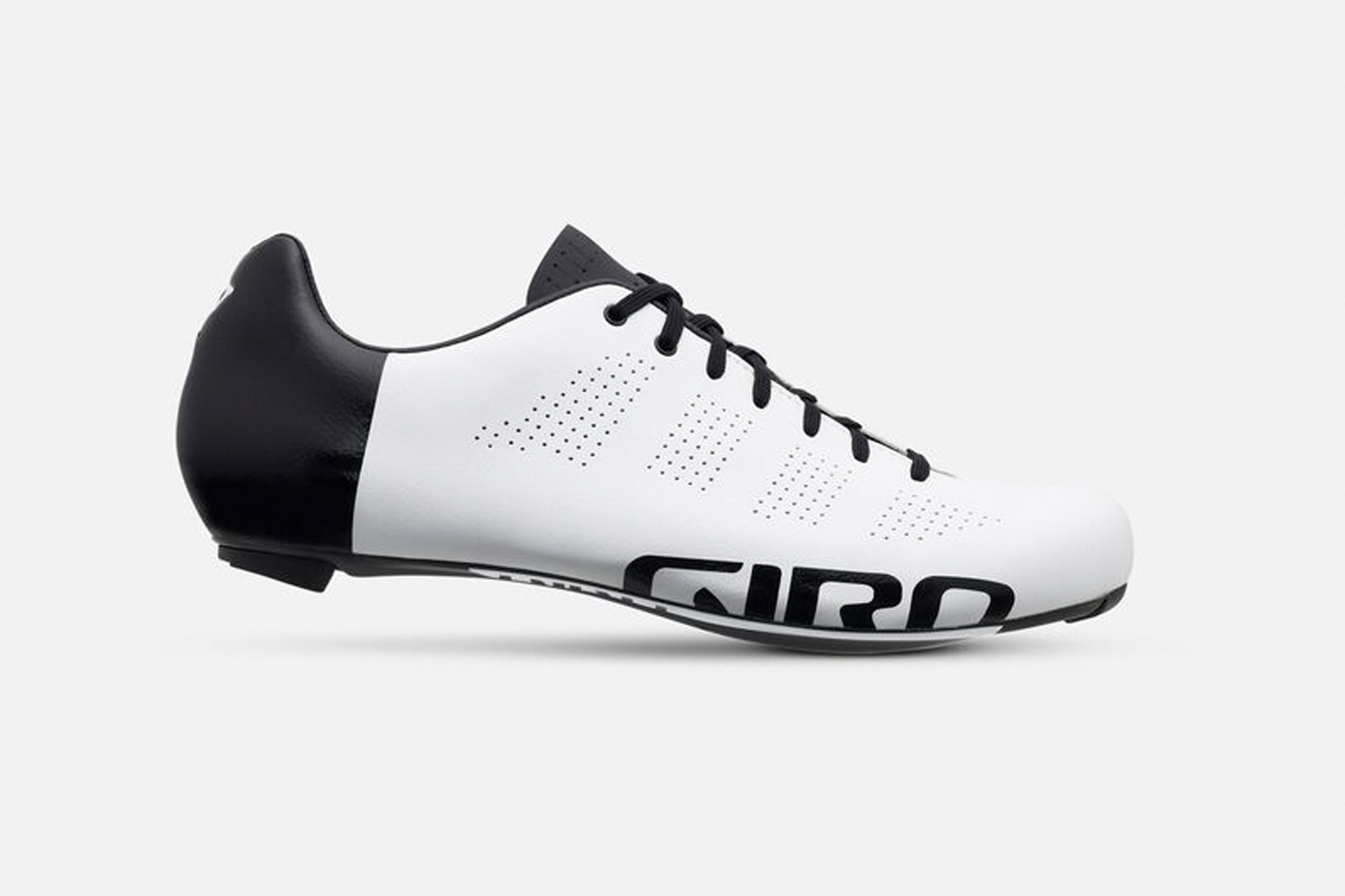
Reasons to buy
Reasons to avoid
With a more retro aesthetic than the Empire SLX, the Empire ACC sees a one-piece Tejin Microfiber upper and EC90 ACC carbon plate on the bottom.
Instead of mesh panels and laminated TPU, the ventilation comes by way of perforations in the synthetic upper. The EC90 ACC plate isn't quite as stiff as some other current top-end shoes, meaning less vibration is transmitted to your foot. When we say less stiff, these are still race shoes and we'd seriously doubt you can make them flex — after all, they were the choice of shoe for both Bradley Wiggins and Taylor Phinney.
The sole is still pretty thin, offering the same 6.5mm stack heigh as Giro's other high-end kicks, and inside, you will find the brand’s Supernatural footbed, complete with customizable arch supports.

Reasons to buy
Reasons to avoid
The Empire VR90 is the brand's gravel and XC MTB platform, and essentially takes the Empire ACC and adds Vibram rubber lugs, toe and heel armour, and a two-bolt cleat mount.
The upper, EC90 carbon plate, and laced closure, and included footbed are all identical, and the VR90's are popular around the Cycling Weekly office for their comfort and performance That said, our testers have noted the laces can clog with mud, and the lugs get a bit fragile with age.
Giro makes the VR90 a men's and women's version as well as standard and high volume lasts.
>>> Best cycling shoes for wide feet: three pairs head-to-head
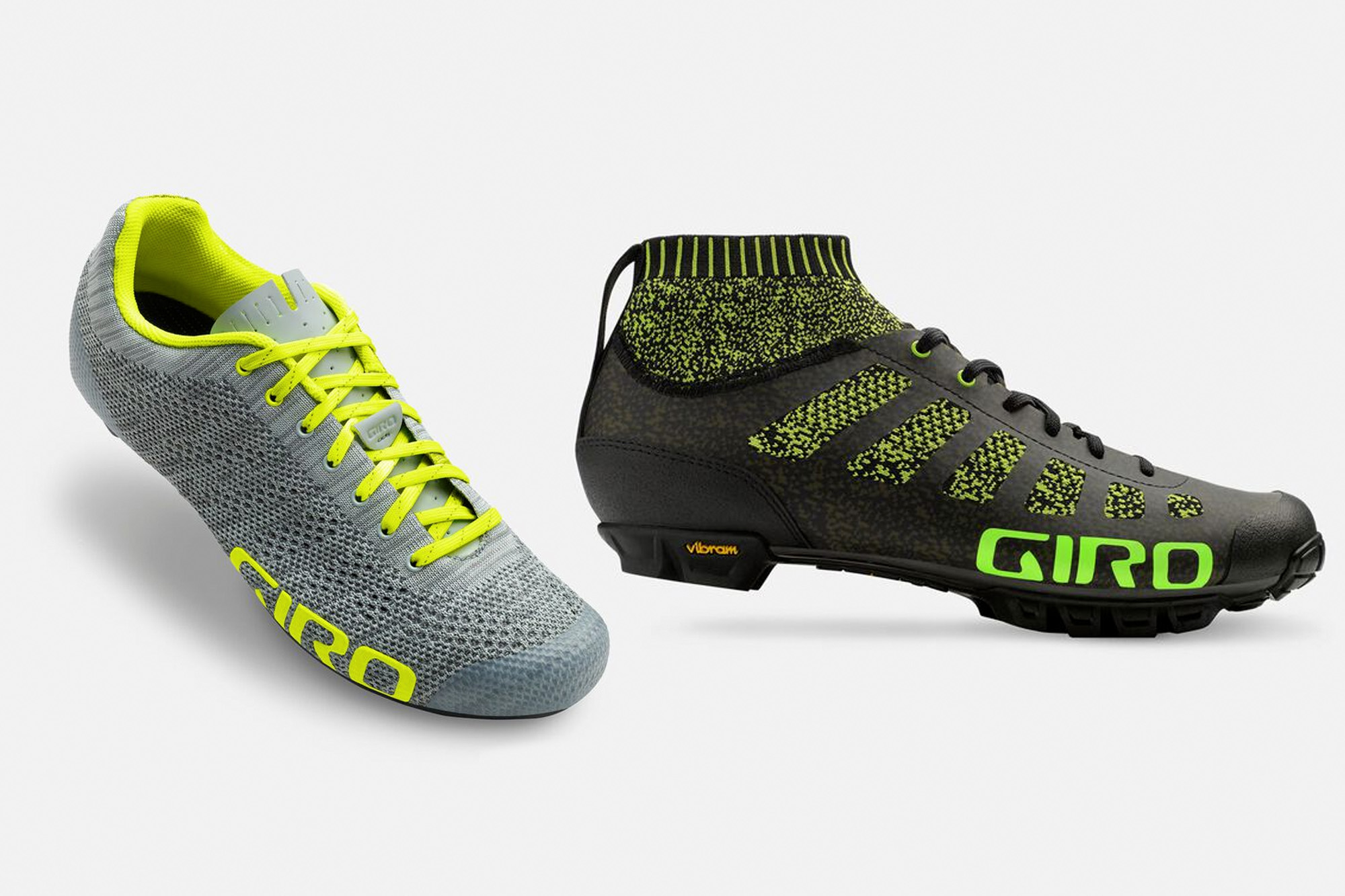
Empire E70 Knit
Yes, there is yet another Empire in Giro's Range, however, these trade the EC90 carbon sole for a slightly heavier and less rigid (read: cheaper) EC70 version, and the microfiber upper for Xnetick knitted fibre.
Looking like it looks more at home on a soccer pitch than clipped into some pedals, it's designed to offer 'sock-like comfort,' the knitted upper seeing a TPU skeleton to provide structure, and the thread is DWR treated so splashes will bead and roll off rather than soaking in.
There is also a VR70 gravel and off-road version, which sees a hightop ankle to keep trail debris on the outside. Meanwhile, Vibram lugs on the sole, and there is more TPU armouring for support and to protect the knitted fibre from rock strikes.
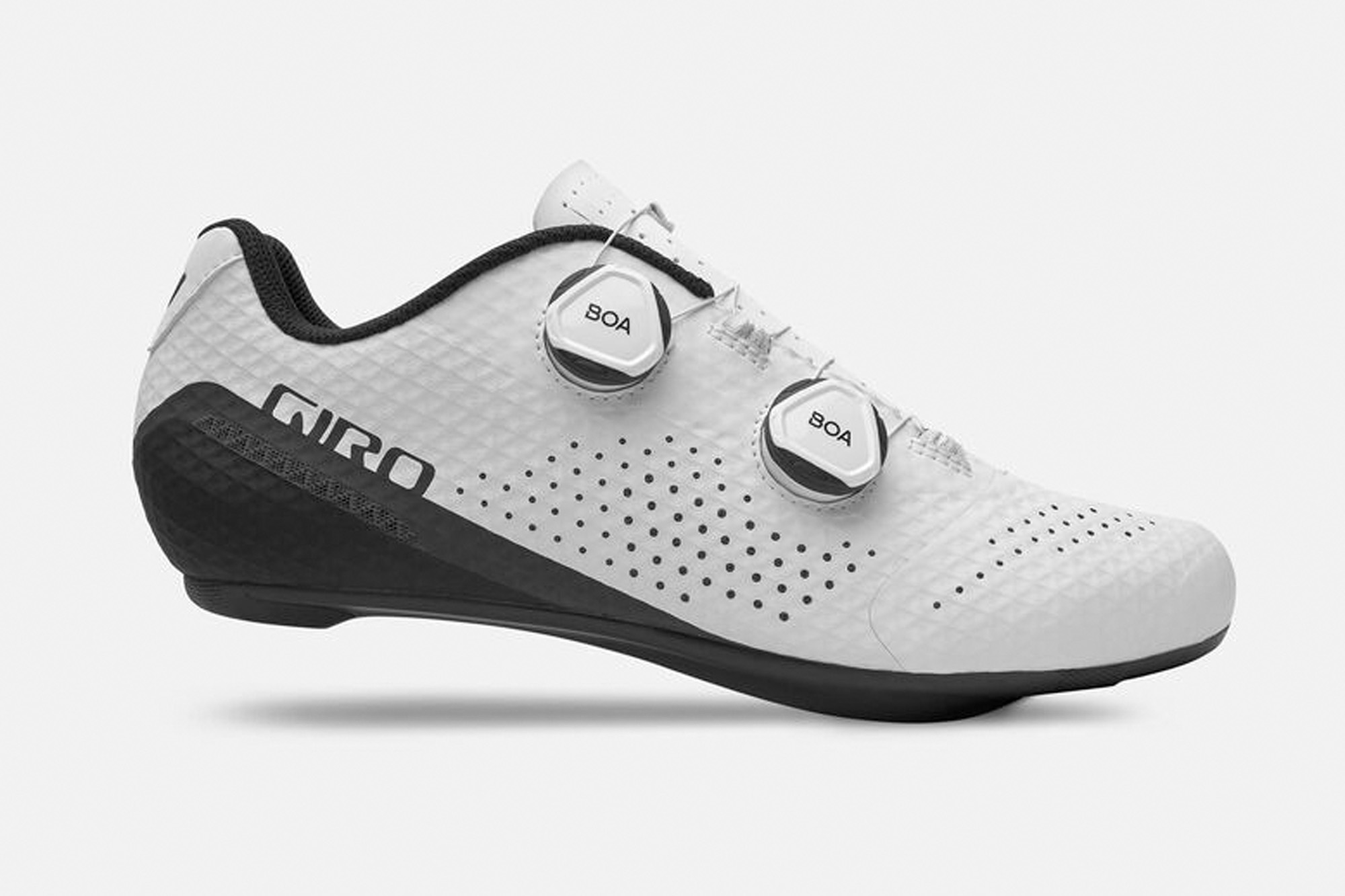
Giro Regime
Giro's top-end shoes come with eye-watering price tags, and the Regime is the trickle-down benefactor of all that technology at a more attainable price tag. The Syncwire upper is based on the material used for top-end Imperial road shoes and sees two L6 BOA dials to wind things in.
The sole too is a more budget-friendly Carbon Composite build, with dual injected walking pads on the heel and toe. The rear of the shoe has reflective detailing for added visibility, and all up are said to weigh a respectable 265g in size 42. Giro is offering the Regime in both men's and women's specific versions, with the only technical difference being the sizing.
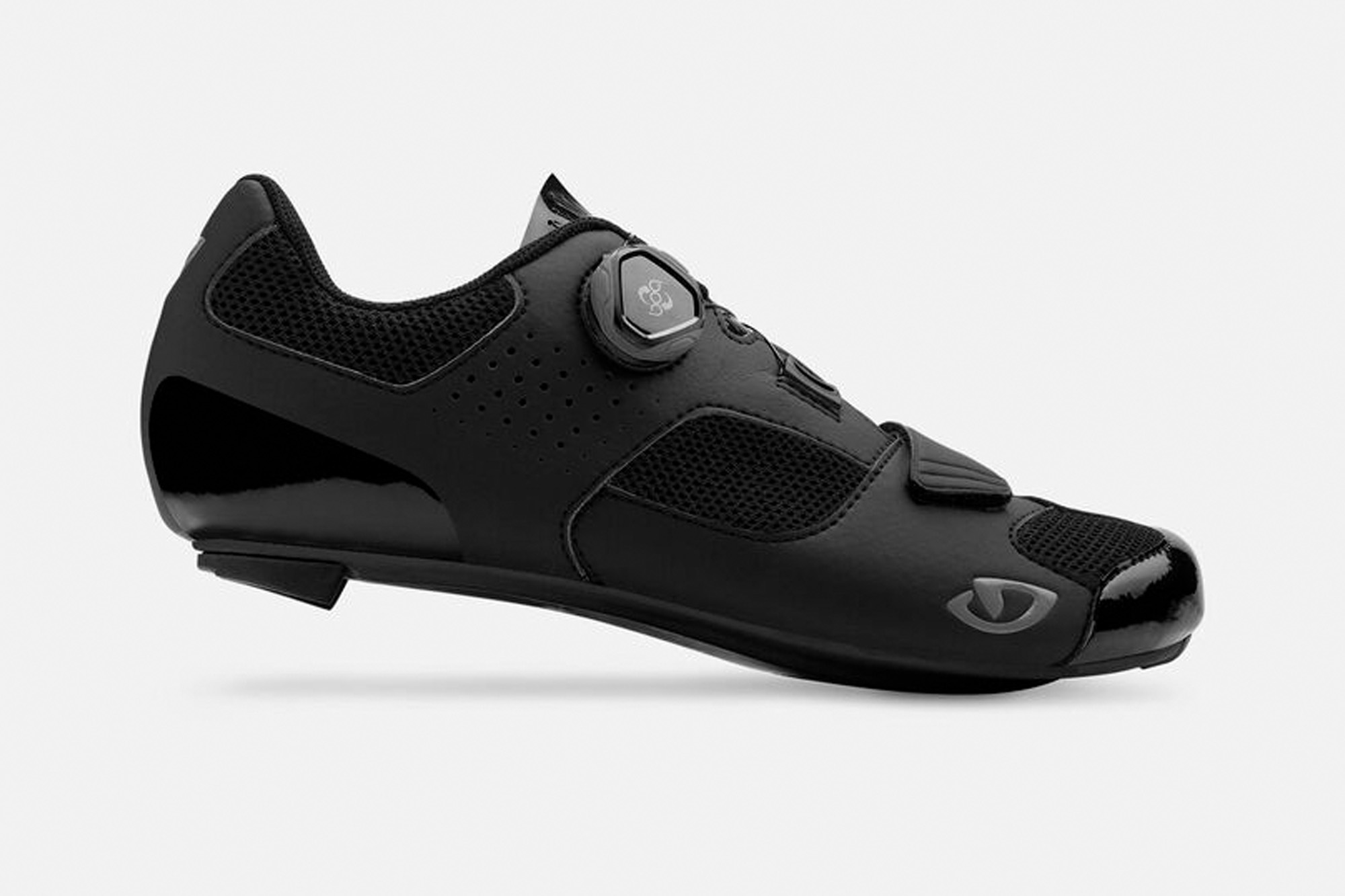
Reasons to buy
Reasons to avoid
The Trans Boa has always formed a stepping stone in Giro's line, being the shoe that sits between its entry-level and performance-oriented kicks. With an EC70 Carbon Sole, and a BOA L6 dial and velcro strap, the shoes offer plenty of performance and adjustability; Giro saves money using less exotic materials in the upper and non-customizable footbed.
Made from a mix of mesh panels and microfibre, our reviewer noted they felt a bit stiff around the ankle but had excellent heel retention. The only real knock we have against the Trans BOA is they aren't particularly good looking.
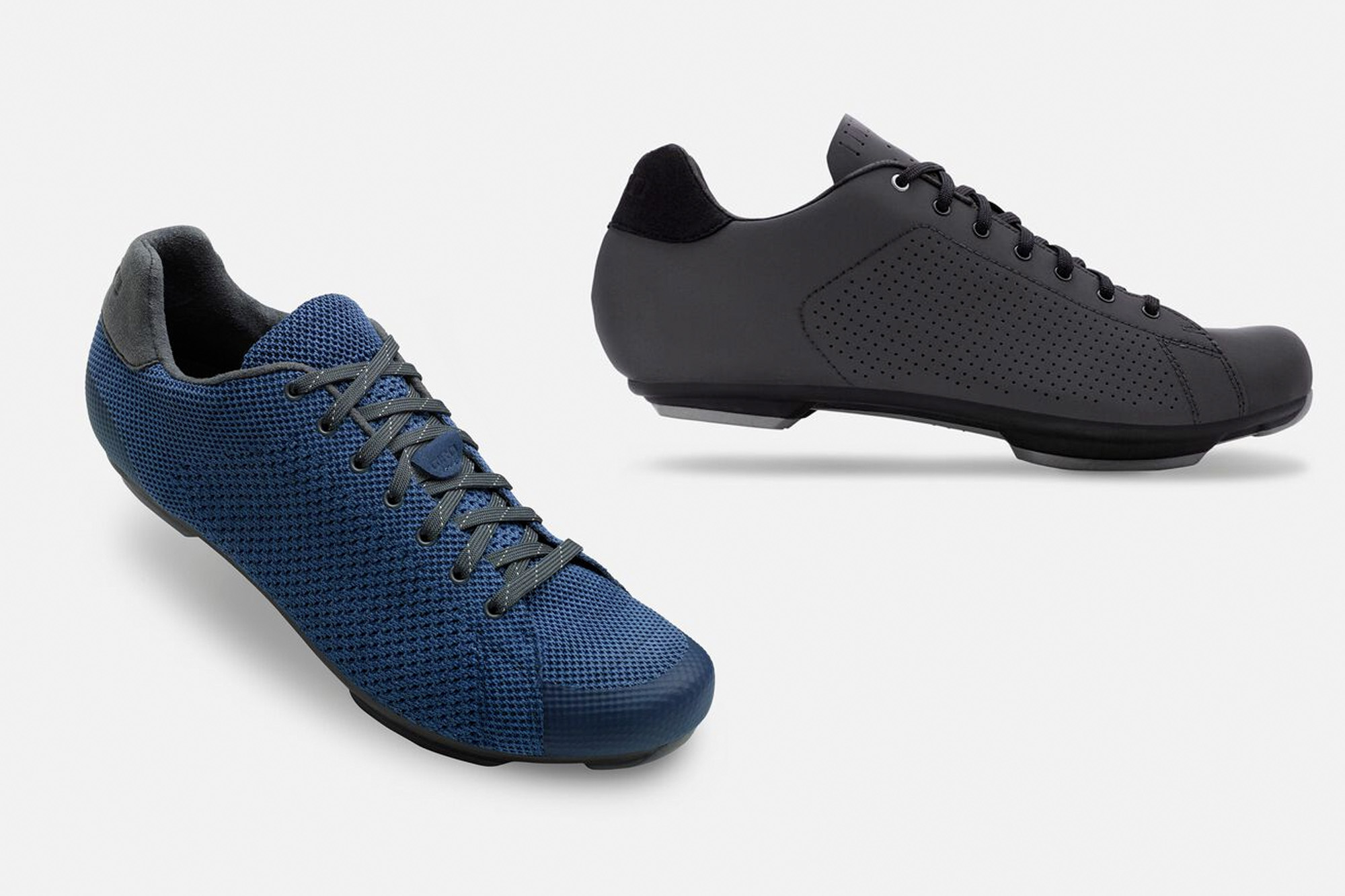
Giro Republic
What the Trans Boa lacks in the looks department the Republic makes up for in spades. Giro offers them in the LX R (Luxury Rubber) and R Knit version. They both see the same laced closure and nylon and rubber co-moulded outsole, which provides a stable pedalling platform and plenty of walking traction.
The only difference between the two is the LX R version is made from a microfibre suede, while the Knit edition sees a DWR treated Xnetic fibre upper with TPU skeleton. Giro makes both shoes for men and women, and standard and high volume lasts. Whoever is trotting around the cafe on these will have more stylish shoes than anyone else in the building.
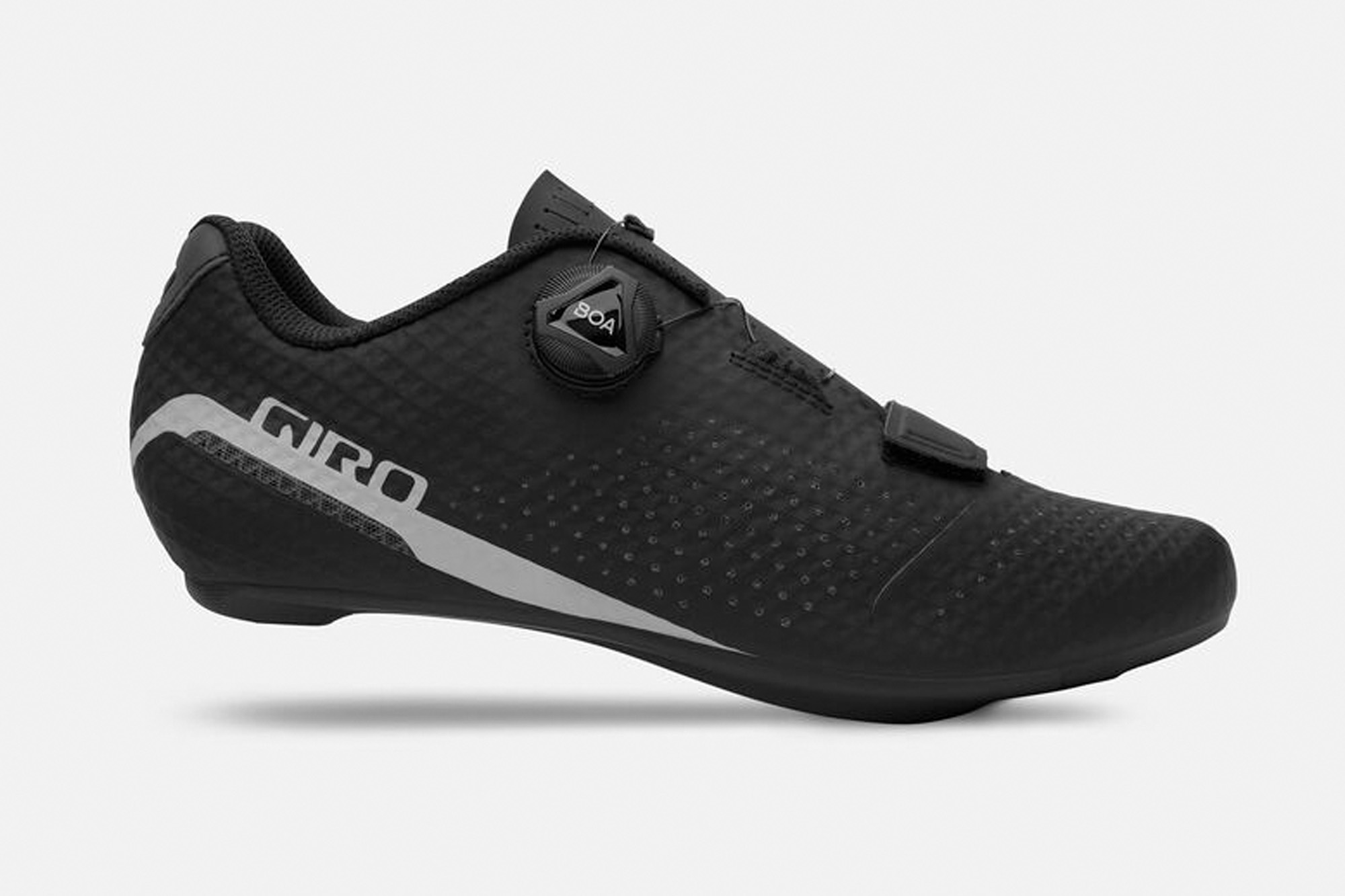
Giro Cadet
The Cade borrows quite a lot of technology and design from the Regime, including the Synchwire upper, and comes with a considerably lighter price tag.
Mounted on that techy upper is one BOA L6 dial, which reigns in the top two-thirds of the shoe, while a simple velcro strap looks after the toe box. On the bottom is a carbon-reinforced outside that can accept both two and three-bolt cleats.
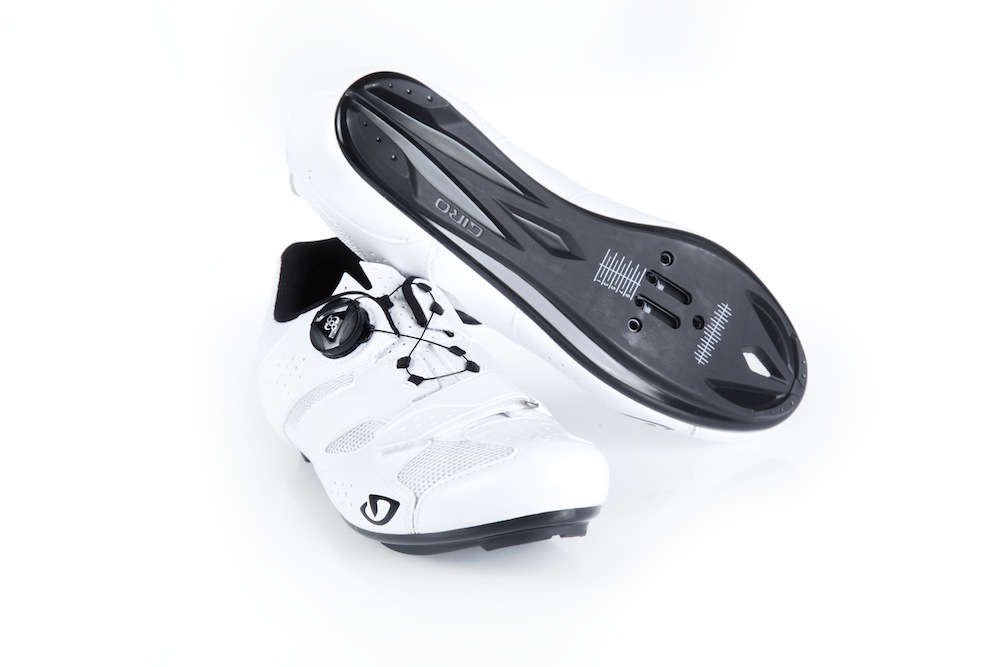
Reasons to buy
Reasons to avoid
With a synthetic upper sporting sizable mesh breathing holes and a nylon composite sole, the Savix II had our reviewer, who can usually be found clicking around in fancy race shoes, asking do you really need more?
After spending quite a bit of time pedalling around in the Savic II, our tester was impressed with the comfort and adjustability on offer. The nylon sole, which plays nice with two and three-bolt cleats, offers durability and plenty of stiffness for pedalling, while the multi-panel upper provides the right amount of support, while keeping your piggly wigglys cool and comfortable.
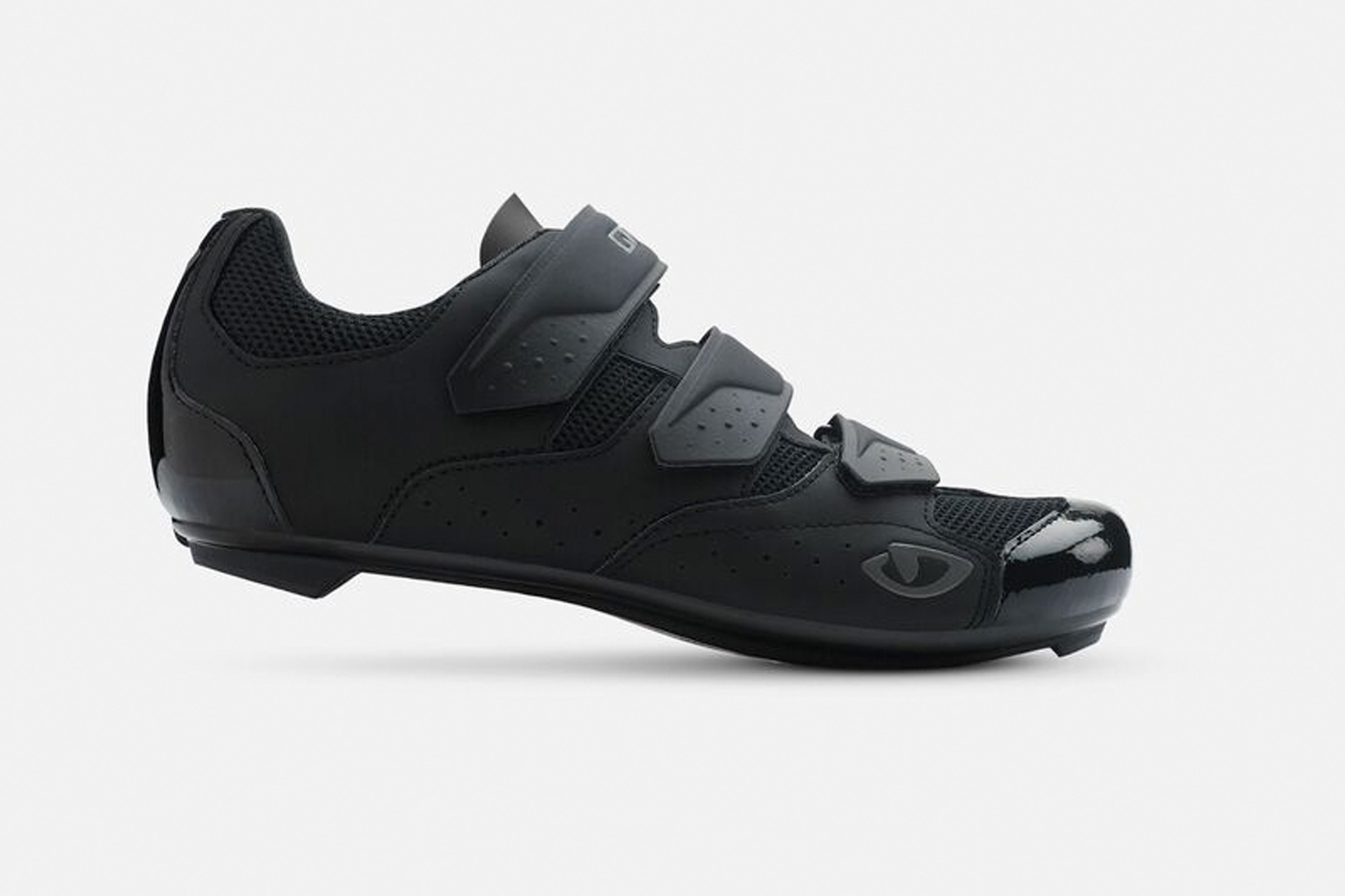
Reasons to buy
Reasons to avoid
Sometimes simple is best, and the Giro Techne shoe is pitched for both road riding, commuting and for indoor spin classes. The three velcro straps allow for the fit to be fine-tuned without too much faff, and the universal 3/2 bolt mounts are compatible with every cleat and pedal system.
The sole itself is made from injected nylon, which will help you put power to the pedals while also standing up to plenty of abuse.
Get The Leadout Newsletter
The latest race content, interviews, features, reviews and expert buying guides, direct to your inbox!
-
 The thing that bothers me most when I look back at old school training is that right now we’re doing something equivalently misguided
The thing that bothers me most when I look back at old school training is that right now we’re doing something equivalently misguidedOur columnist's old training diaries reveal old-school levels of lunacy
By Michael Hutchinson Published
-
 Aero bikes with gravel wheels?: Six tech insights from Paris-Roubaix Femmes
Aero bikes with gravel wheels?: Six tech insights from Paris-Roubaix FemmesEverything we found out about tyre widths, self-inflating systems, and wheel choices from the cobbled Monument
By Tom Davidson Published